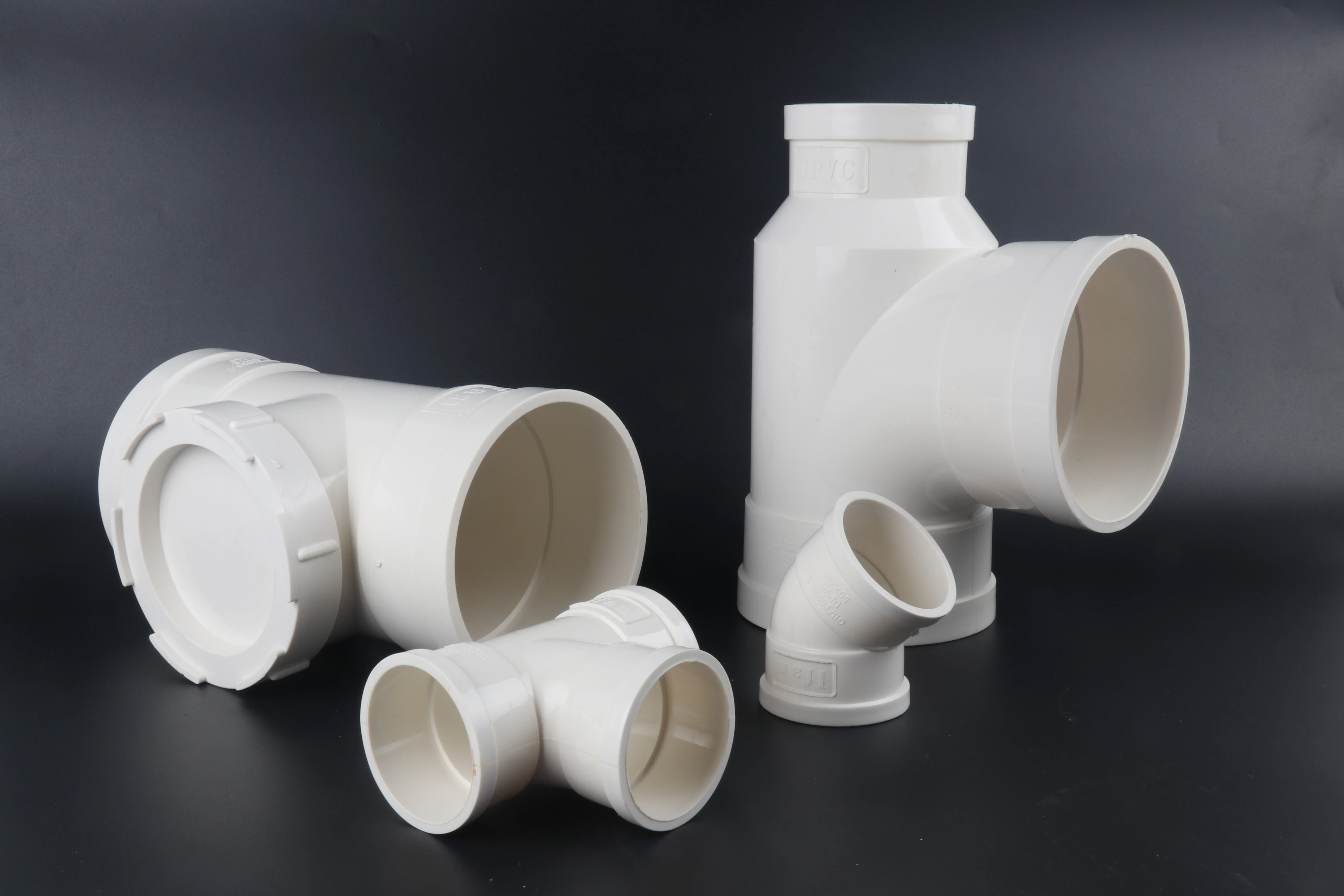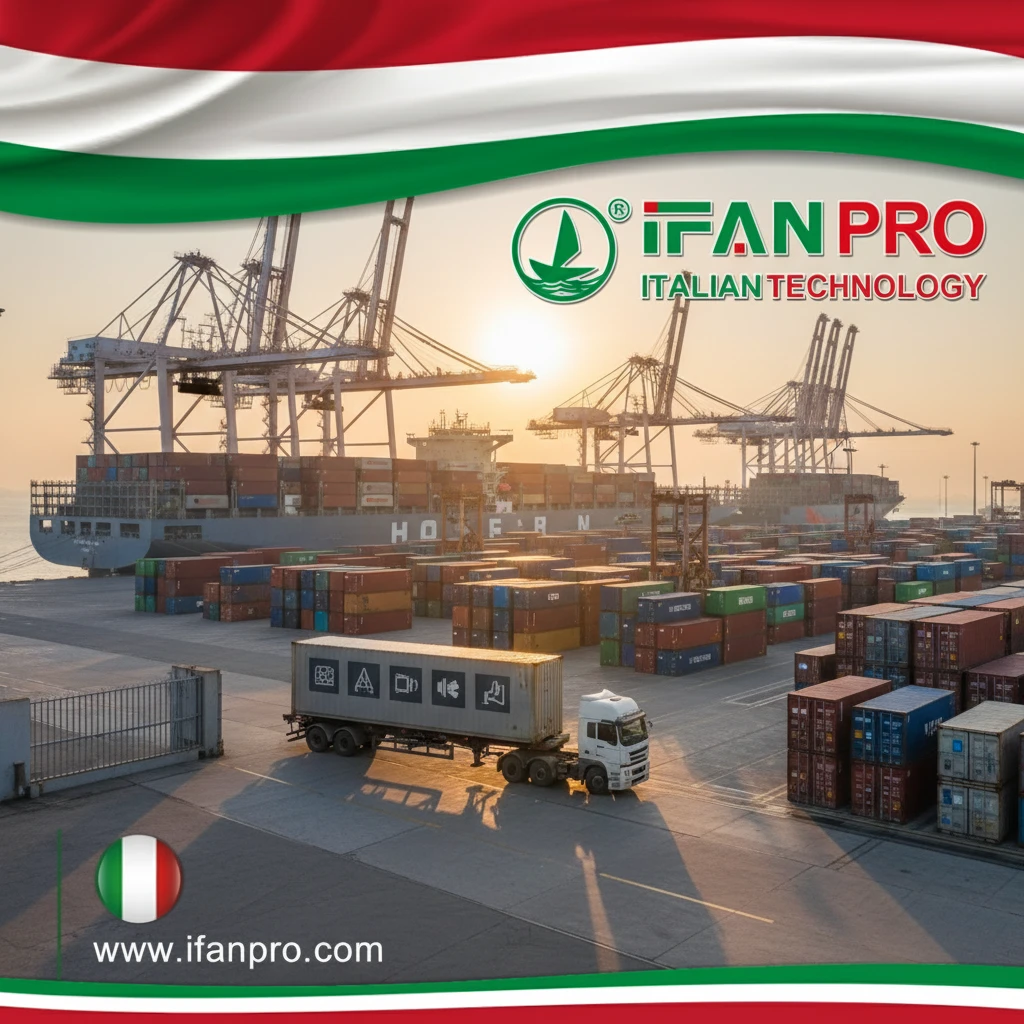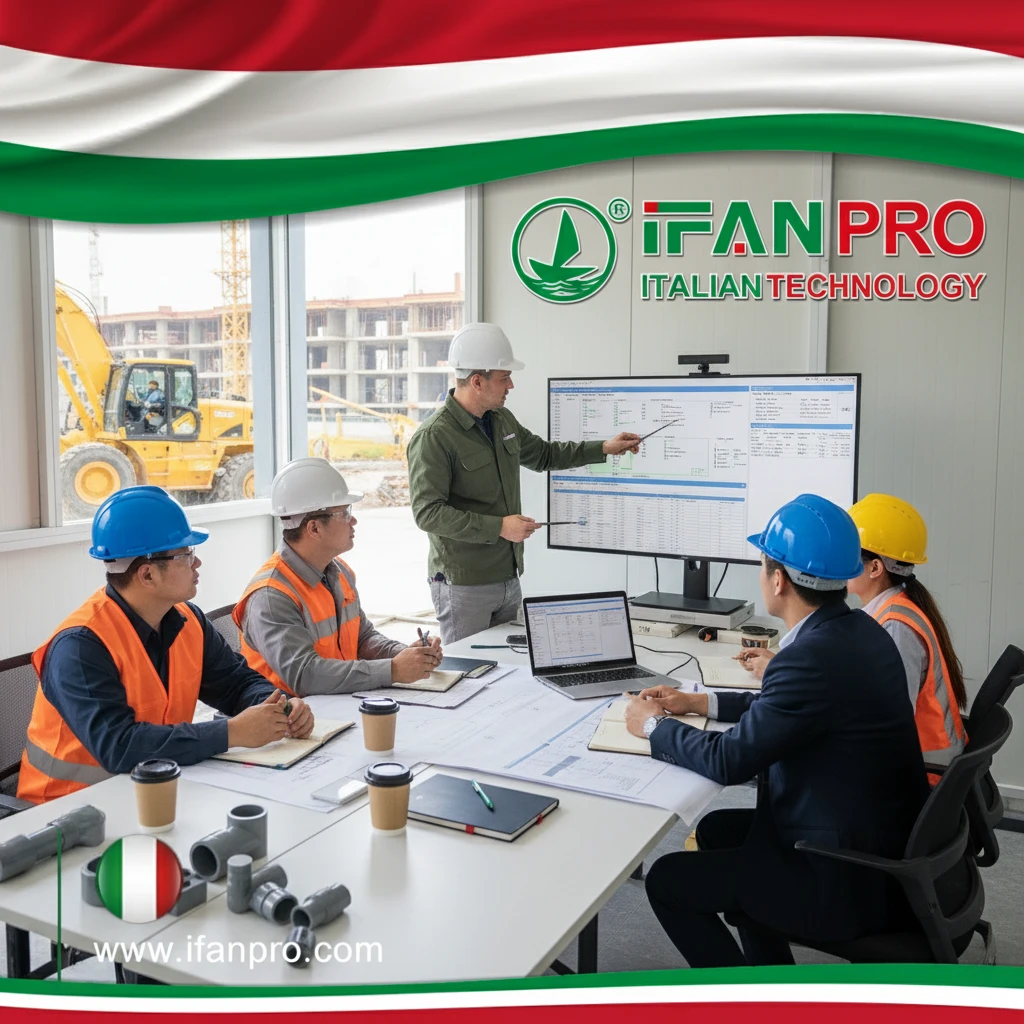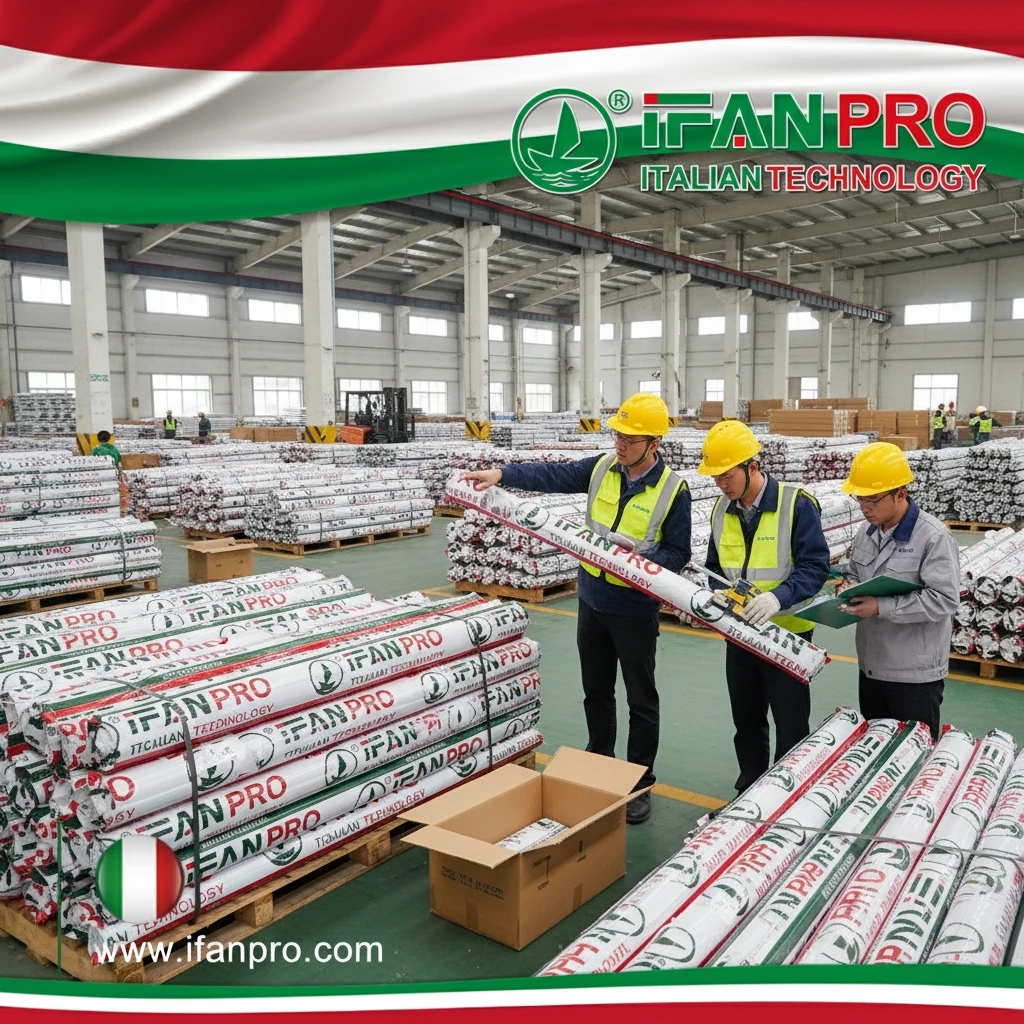During a municipal water project, I witnessed a failed pressure test where Schedule 40 PVC pipes burst at pressures far below their rated capacity. The investigation revealed improper installation and temperature factors that compromised the system. This experience taught me that understanding PVC’s true pressure capabilities requires more than just reading pipe labels.
Yes, PVC pipes can handle high water pressure when properly selected and installed, with pressure ratings ranging from 120 to 315 PSI for Schedule 40 through Schedule 80 pipes at 73°F. However, their pressure capacity decreases significantly with temperature increases, and proper installation is crucial to maintain their rated performance in high-pressure applications.
Understanding PVC pressure characteristics helps prevent system failures and ensures long-term reliability. Meanwhile, recognizing limitations allows for proper material selection. Now let’s explore the specific factors that determine PVC’s pressure performance.
What Are the Standard Pressure Ratings for Different PVC Pipe Classes?
While working on an industrial cooling system, I needed to specify PVC pipes for different pressure zones. The research revealed significant variations between pipe classes that ultimately influenced our system design and material selection.
Standard PVC pressure ratings range from 120-315 PSI at 73°F, with Schedule 40 rated for 120-180 PSI, Schedule 80 for 210-315 PSI, and Class pipes rated by pressure capacity rather than wall thickness. These ratings assume proper installation and ideal temperature conditions, with significant reductions required at higher temperatures.

PVC Schedule Ratings
Different schedule numbers indicate varying pressure capabilities:
Schedule 40 PVC
This is the most common PVC type for residential and commercial applications. It typically handles 120 PSI for ½-inch diameter, 140 PSI for 1-inch, 160 PSI for 2-inch, and 180 PSI for 4-inch diameters. However, these ratings apply only at 73°F and decrease substantially with temperature increases.
Schedule 80 PVC
With thicker walls, Schedule 80 provides higher pressure ratings: 210 PSI for ½-inch, 250 PSI for 1-inch, 280 PSI for 2-inch, and 315 PSI for 4-inch diameters at 73°F. The additional material provides better impact resistance and durability in high-pressure applications.
Class-Rated PVC
Unlike schedule-rated pipes, class-rated PVC is designated by pressure capacity rather than wall thickness:
| Class Rating | Pressure Capacity | Common Applications |
|---|---|---|
| Class 125 | 125 PSI | Residential irrigation |
| Class 160 | 160 PSI | Municipal water lines |
| Class 200 | 200 PSI | Industrial water systems |
| Class 315 | 315 PSI | High-pressure main lines |
Industry Standards and Testing
PVC pipes must meet specific standards:
- ASTM D1785 covers Schedule 40, 80, and 120 PVC pipes
- NSF/ANSI 61 certification ensures safety for potable water
- Pressure ratings are determined through hydrostatic testing
- Most pipes are tested to 2-4 times their rated pressure
How Does Temperature Affect PVC’s Pressure Handling Capabilities?
A manufacturing plant experienced multiple PVC failures during summer months until we identified temperature as the primary factor. After implementing temperature-based pressure adjustments, the failure rate dropped to zero.
Temperature dramatically affects PVC pressure capacity, with ratings decreasing approximately 50% for every 20°F increase above 73°F. At 100°F, PVC retains only about 62% of its room-temperature pressure rating, and at 140°F, this drops to just 25%, making temperature compensation essential for hot water applications.
Temperature-Pressure Relationship
The inverse relationship between temperature and pressure capacity follows predictable patterns:
Derating Factors
PVC pressure ratings are based on 73°F (23°C) water service. For every 1°F increase above this temperature, PVC loses approximately 1.9% of its pressure capacity. This means a Schedule 80 pipe rated for 280 PSI at 73°F can only handle about 175 PSI at 100°F.
High-Temperature Limitations
Most PVC pipes have maximum service temperatures of 130-140°F (54-60°C). Beyond these temperatures, PVC begins to soften and lose structural integrity. For applications above 100°F, CPVC or alternative materials are generally recommended due to their higher temperature tolerance.
Temperature Correction Table
Use this reference for temperature adjustments:
| Temperature (°F) | Pressure Multiplier | Example: Schedule 40 (160 PSI) |
|---|---|---|
| 73°F | 1.00 | 160 PSI |
| 80°F | 0.88 | 141 PSI |
| 90°F | 0.75 | 120 PSI |
| 100°F | 0.62 | 99 PSI |
| 110°F | 0.50 | 80 PSI |
| 120°F | 0.40 | 64 PSI |
Practical Temperature Considerations
Several factors influence real-world temperature performance:
Ambient vs. Fluid Temperature
Both the surrounding environment and fluid temperature affect PVC performance. Pipes in hot climates or direct sunlight may require additional derating even if the water temperature remains moderate.
Cyclic Temperature Effects
Repeated heating and cooling cycles can cause fatigue and reduce long-term pressure capacity. Systems with frequent temperature fluctuations need additional safety margins.
What Factors Determine the Maximum Pressure for PVC Piping Systems?
After investigating a PVC pipeline failure that occurred at only 60% of its rated pressure, I identified multiple contributing factors beyond simple pressure ratings. This experience highlighted the importance of considering all variables in system design.
Maximum PVC system pressure depends on pipe schedule, temperature, installation quality, chemical compatibility, surge potential, and system age. Properly accounting for all factors typically requires applying a 2:1 safety factor to theoretical ratings, ensuring reliable long-term performance under variable conditions.
Critical Performance Factors
Multiple elements influence real-world pressure capacity:
Pipe Material and Formulation
Not all PVC is created equal. Type I PVC (unplasticized) offers better pressure resistance than modified formulations. Additionally, cell classification (such as 12454-B) indicates material quality, with higher numbers generally indicating better pressure performance.
Installation and Joining Methods
Proper installation significantly affects pressure capability:
- Solvent-welded joints typically match pipe strength when properly executed
- Gasketed joints may have lower pressure ratings than the pipe itself
- Mechanical connections require careful torque application
- Support spacing affects long-term pressure capacity
System Design Considerations
Overall system design impacts performance:
- Water hammer and surge pressure potential
- Flow velocity and turbulence factors
- Bending stresses at directional changes
- External loading from soil or traffic
Safety Factors and Design Margins
Professional applications incorporate multiple safety considerations:
Industry Standard Safety Factors
Most engineering standards recommend:
- 2:1 safety factor for continuous pressure service
- 4:1 safety factor for surge and water hammer conditions
- Additional margins for chemical exposure or extreme temperatures
Aging and Service Life Considerations
PVC properties change over time:
- Long-term strength decreases due to material aging
- UV exposure reduces impact resistance
- Chemical exposure may cause embrittlement
- Installation defects may manifest over time
How Does PVC Pressure Performance Compare to Alternative Pipe Materials?
While designing a industrial water system, I conducted comparative testing of multiple pipe materials. The results revealed distinct advantages and limitations for each material type, leading to a hybrid system design that optimized cost and performance.
PVC offers excellent pressure performance per dollar compared to alternatives, with similar pressure ratings to CPVC at lower temperatures but inferior to metals at elevated temperatures. While PEX provides better freeze resistance, copper offers higher temperature tolerance, and steel provides superior mechanical strength for high-pressure applications.
Material Performance Comparison
Each material has distinct pressure characteristics:
PVC vs. CPVC
CPVC maintains higher pressure ratings at elevated temperatures, making it preferable for hot water applications. While both materials have similar room-temperature ratings, CPVC retains approximately 80% of its pressure rating at 140°F compared to PVC’s 25%.
PVC vs. PEX
PEX typically has lower pressure ratings (typically 80-160 PSI at 73°F) but maintains these ratings better at elevated temperatures. Additionally, PEX handles water hammer and surge pressures more effectively due to its flexibility.
PVC vs. Metal Pipes
Comparative analysis reveals significant differences:
| Материал | Pressure Rating at 73°F | Temperature Limit | Cost per Foot |
|---|---|---|---|
| PVC Schedule 40 | 120-180 PSI | 140°F | $0.50-2.00 |
| Copper Type L | 200-300 PSI | 400°F | $3.00-8.00 |
| Galvanized Steel | 150-200 PSI | 500°F+ | $2.00-5.00 |
| PEX | 80-160 PSI | 200°F | $0.30-1.50 |
Application-Specific Recommendations
Different applications favor specific materials:
Residential Water Supply
PVC Schedule 40 provides excellent value for cold water applications, while PEX offers advantages for whole-house repiping due to its flexibility and freeze resistance.
Industrial Applications
Schedule 80 PVC suits many industrial water applications, but CPVC or metals may be necessary for high-temperature processes or chemical services.
Irrigation Systems
PVC dominates irrigation applications due to its cost-effectiveness and corrosion resistance, though HDPE offers advantages for direct-burial applications requiring flexibility.
Lifecycle Considerations
Long-term performance varies significantly:
Durability and Maintenance
PVC maintains its pressure capacity over time if protected from UV exposure and physical damage. Unlike metals, it doesn’t corrode or develop scale that reduces internal diameter and increases pressure loss.
Total Cost of Ownership
While initial costs favor PVC, consider installation efficiency, maintenance requirements, and expected service life. In many applications, PVC’s corrosion resistance provides long-term advantages over metallic alternatives.
Заключение
PVC pipes can effectively handle high water pressure when properly selected, installed, and maintained, with pressure ratings up to 315 PSI for Schedule 80 pipes at room temperature. However, temperature effects, installation quality, and system design significantly impact real-world performance, making careful planning and appropriate safety factors essential for reliable high-pressure applications.













Последние комментарии